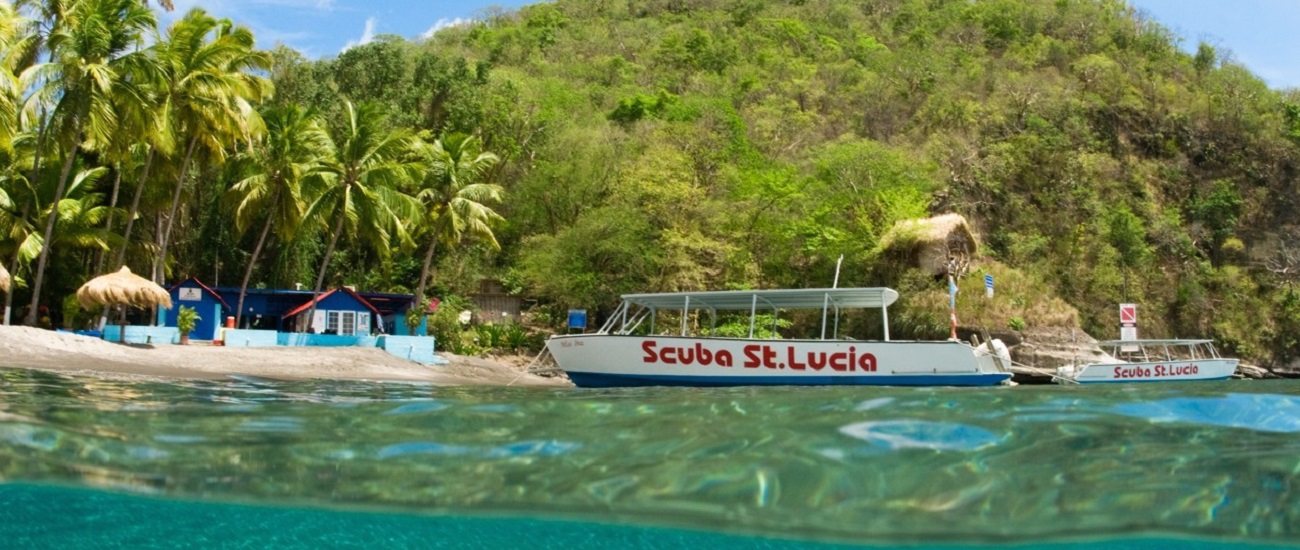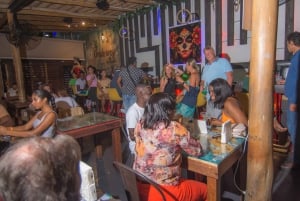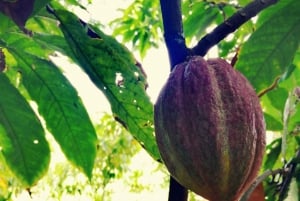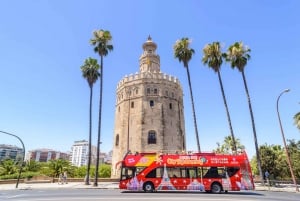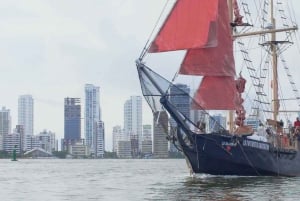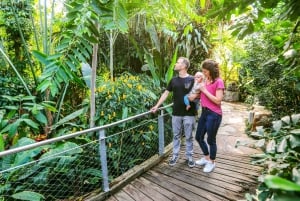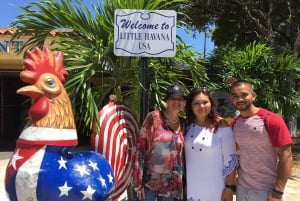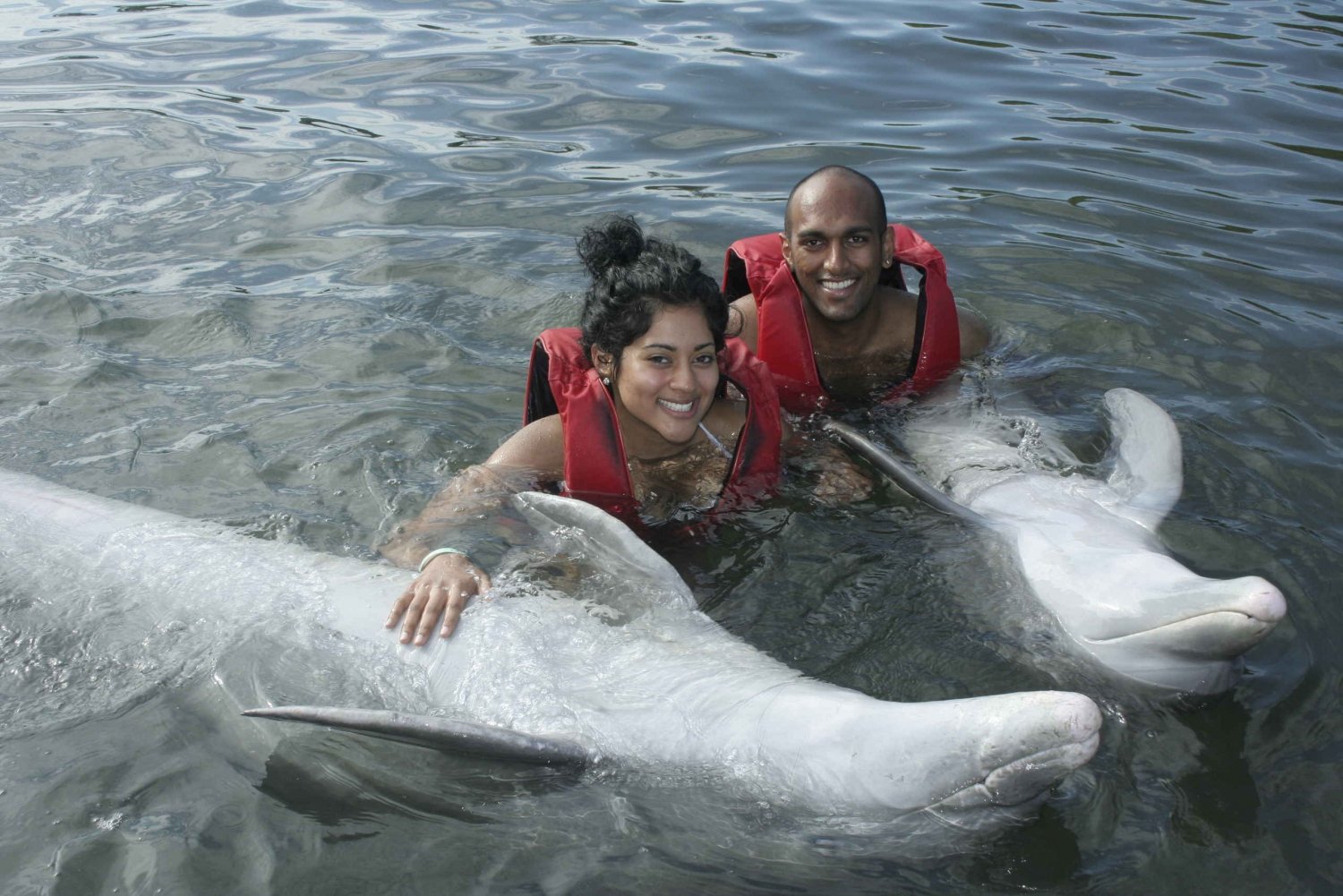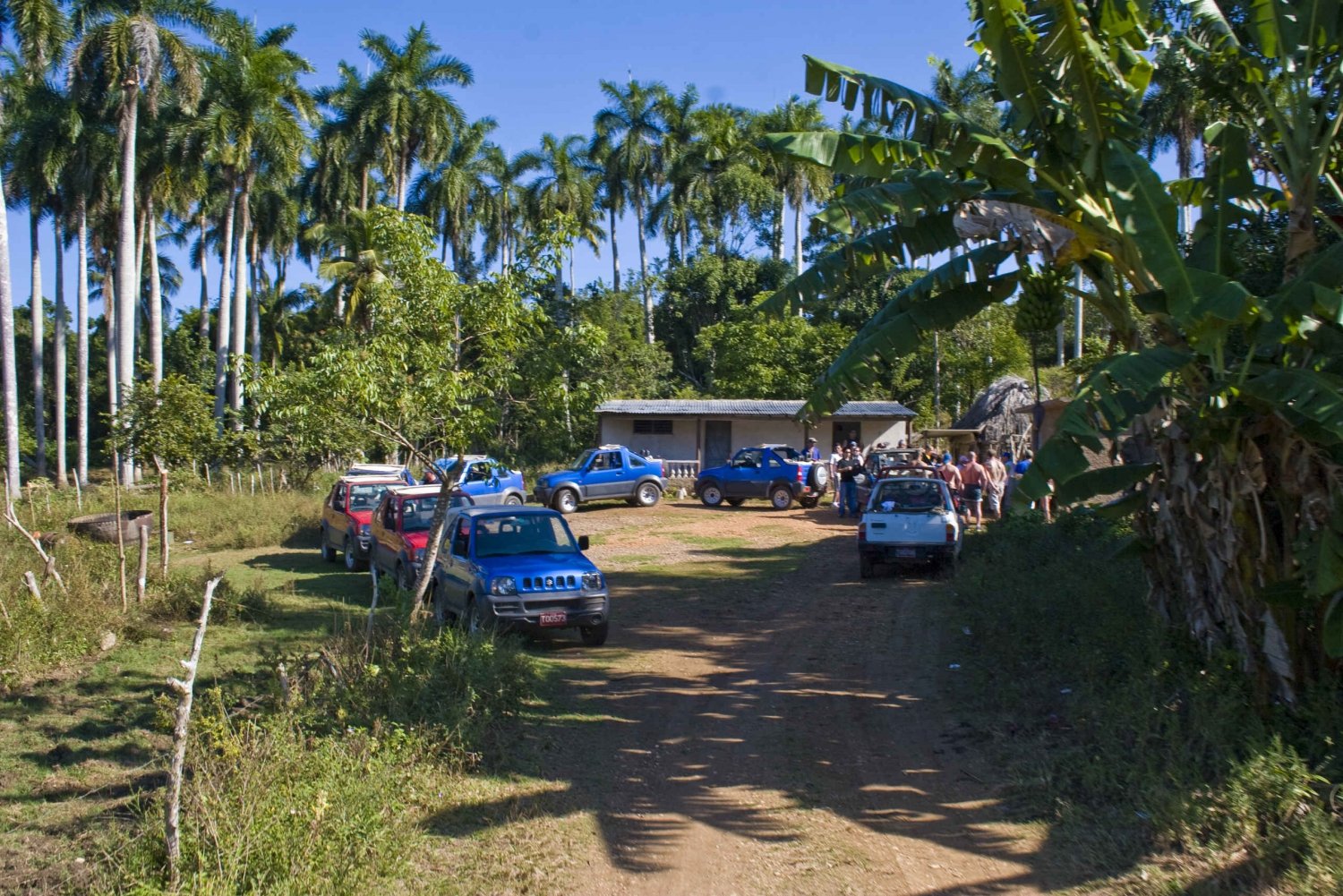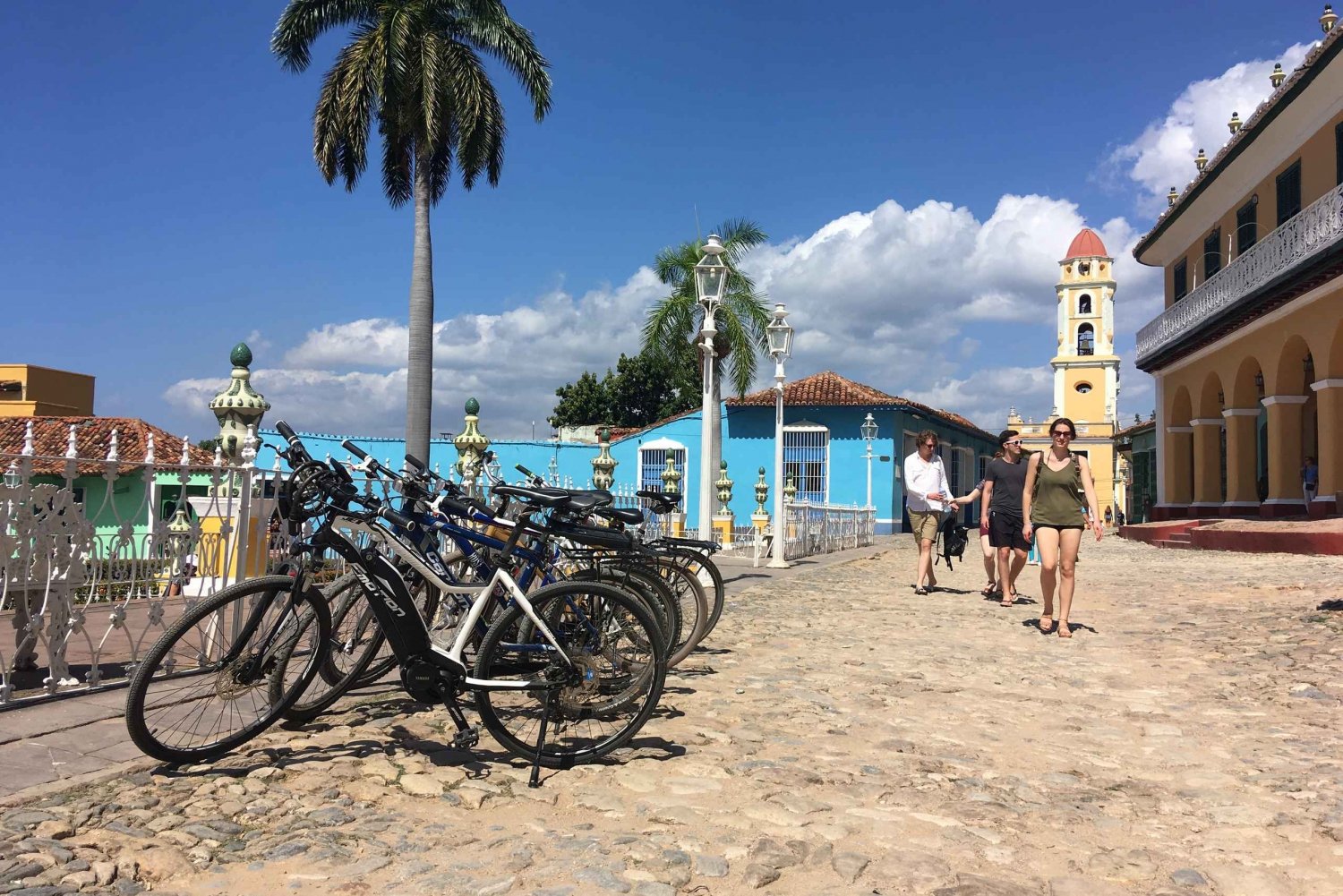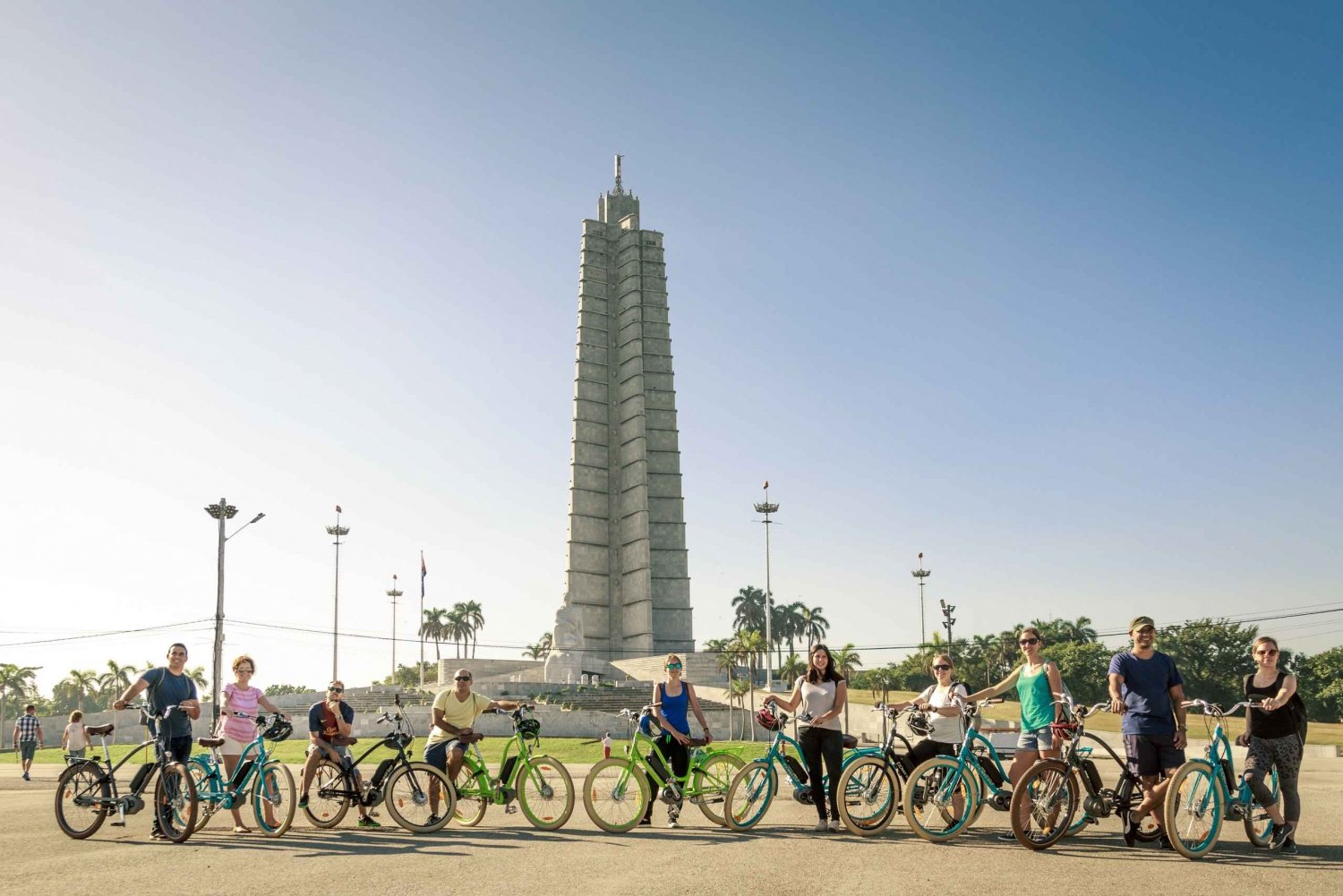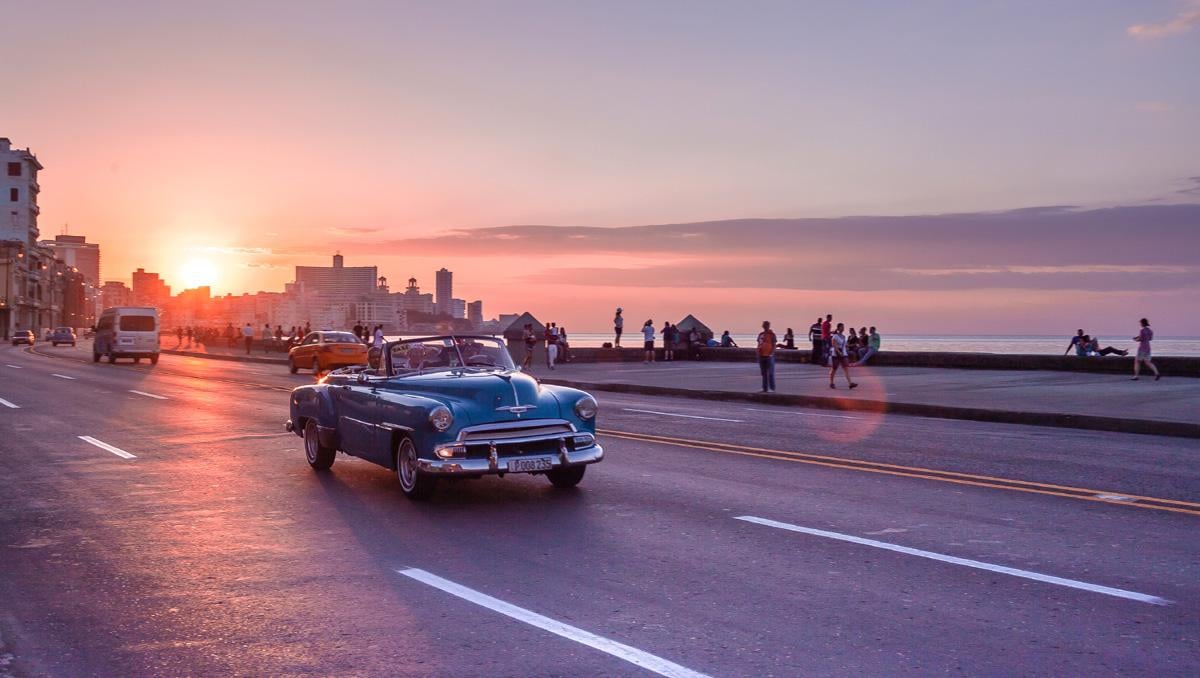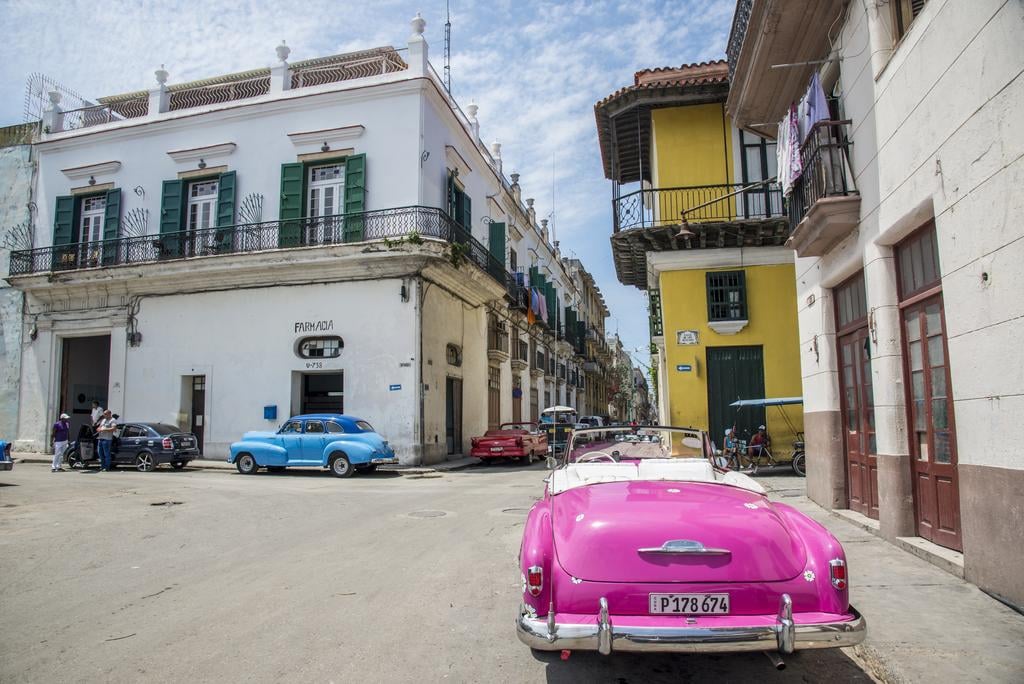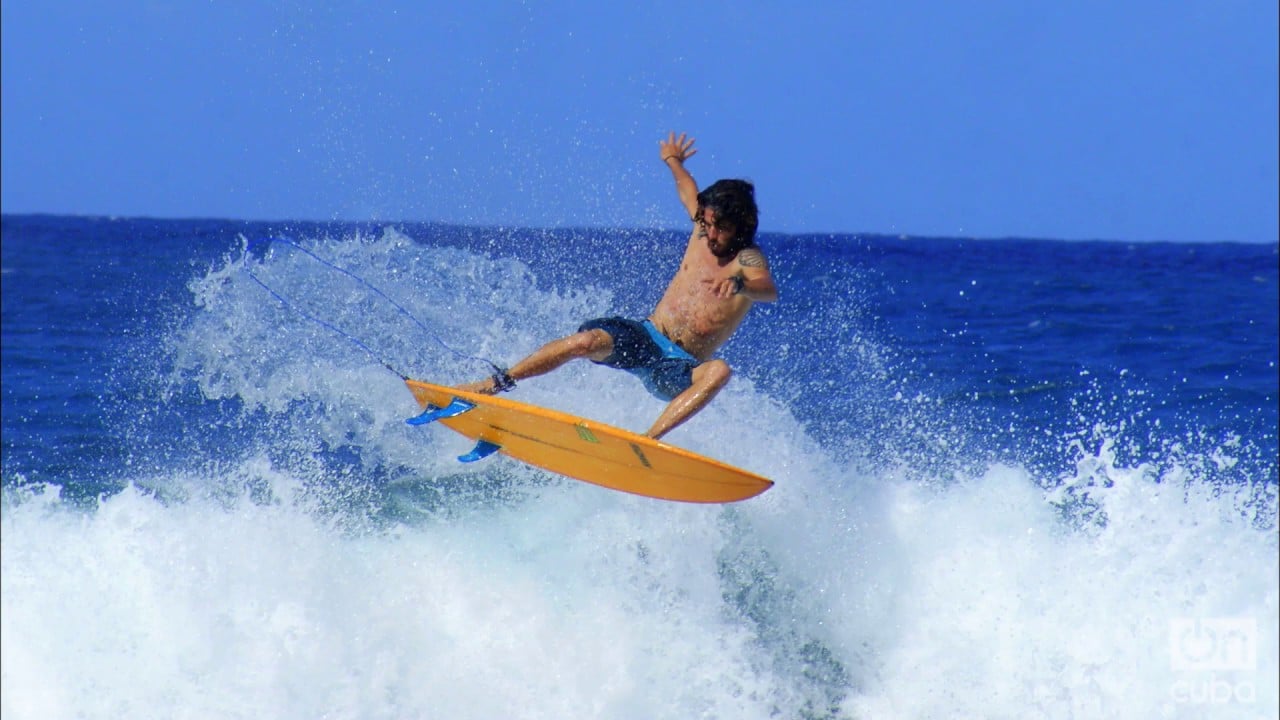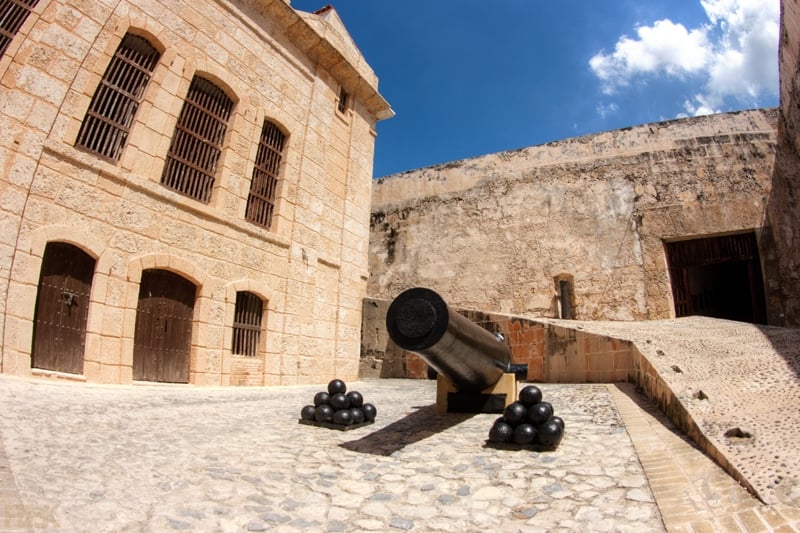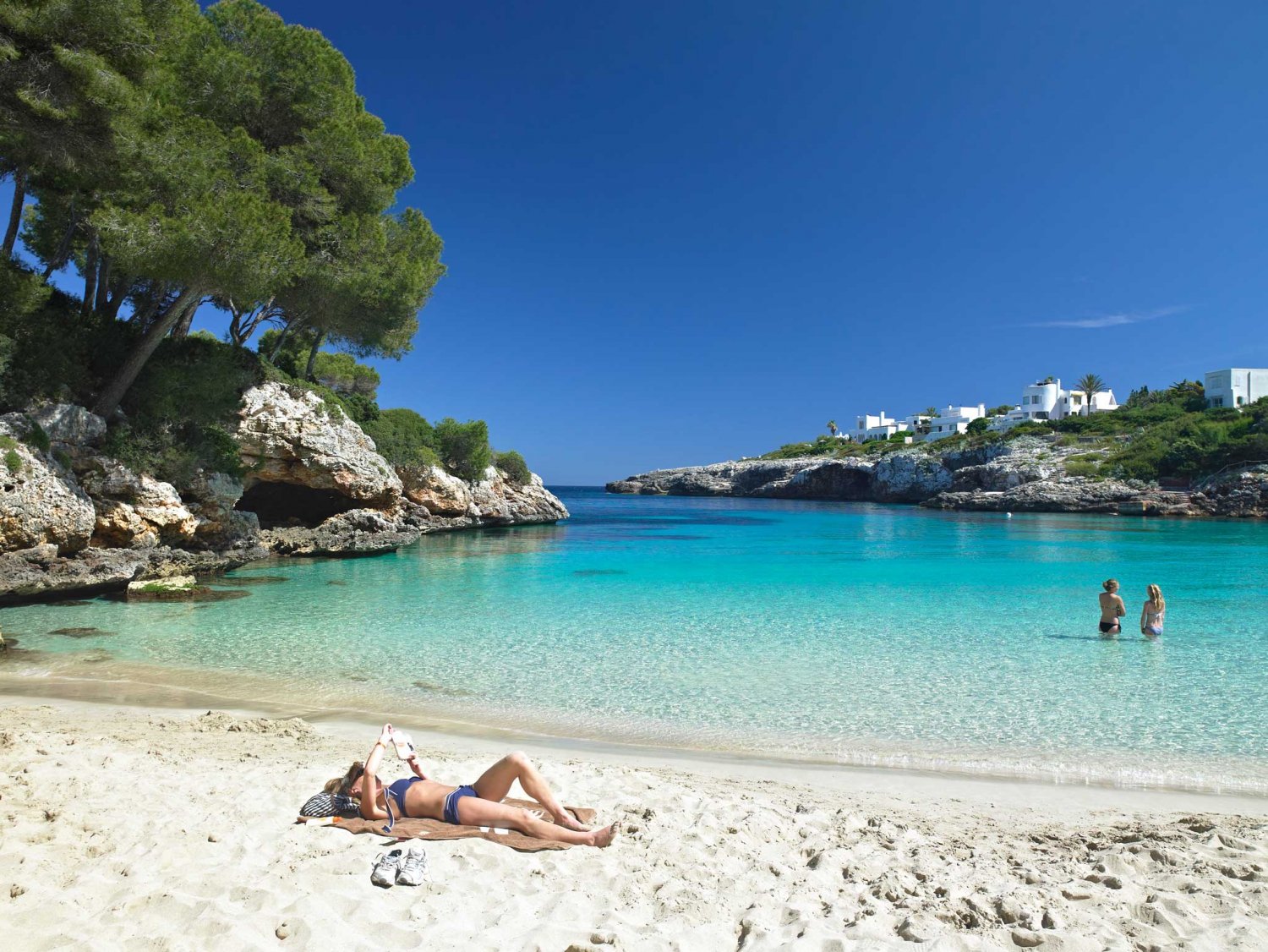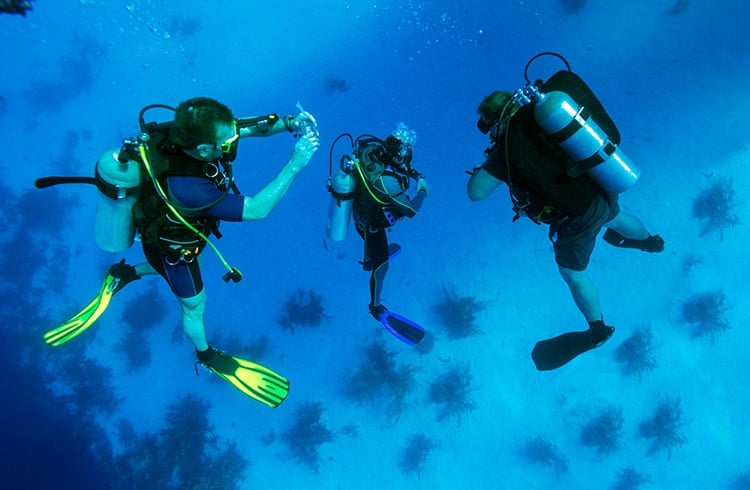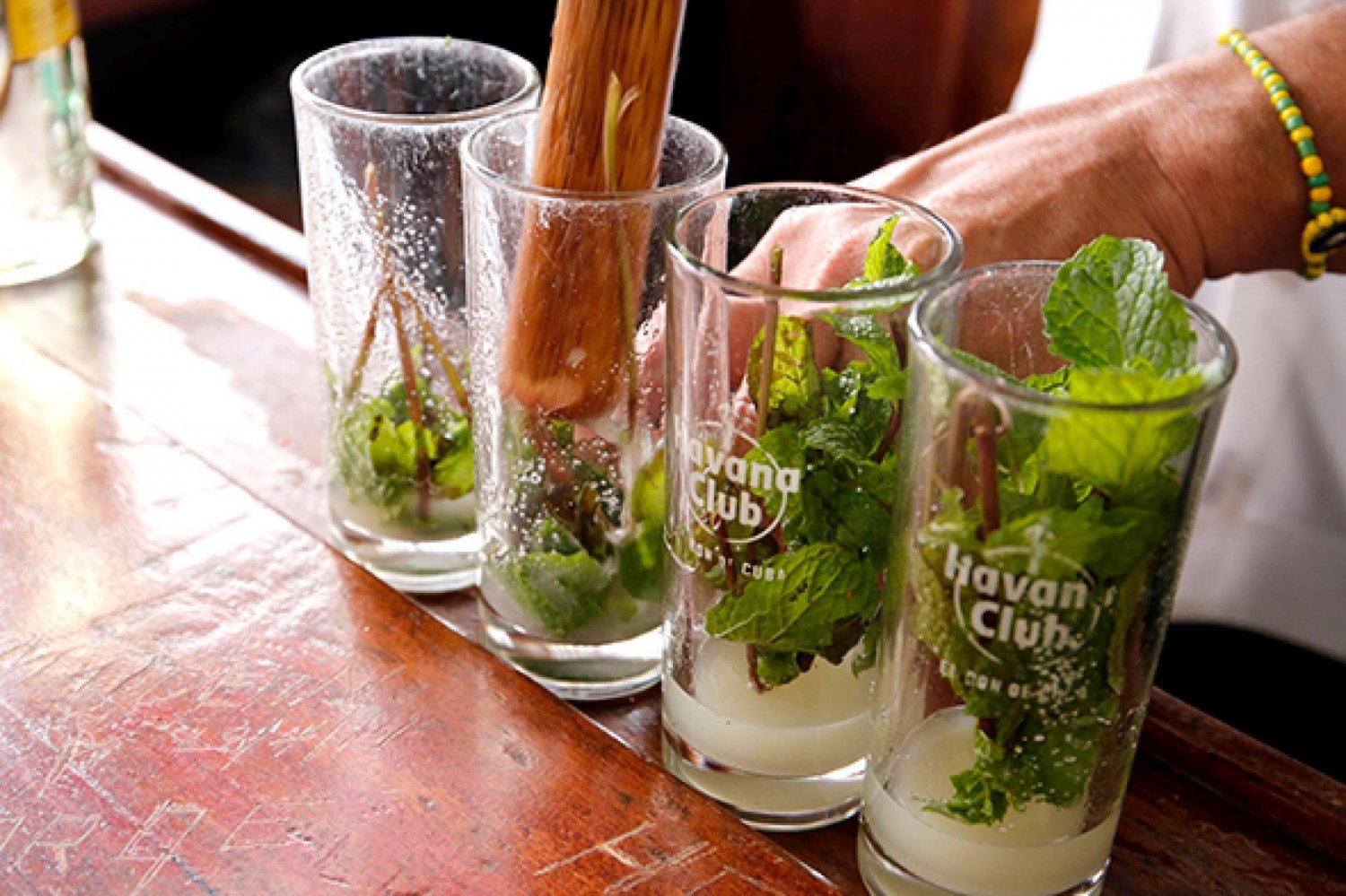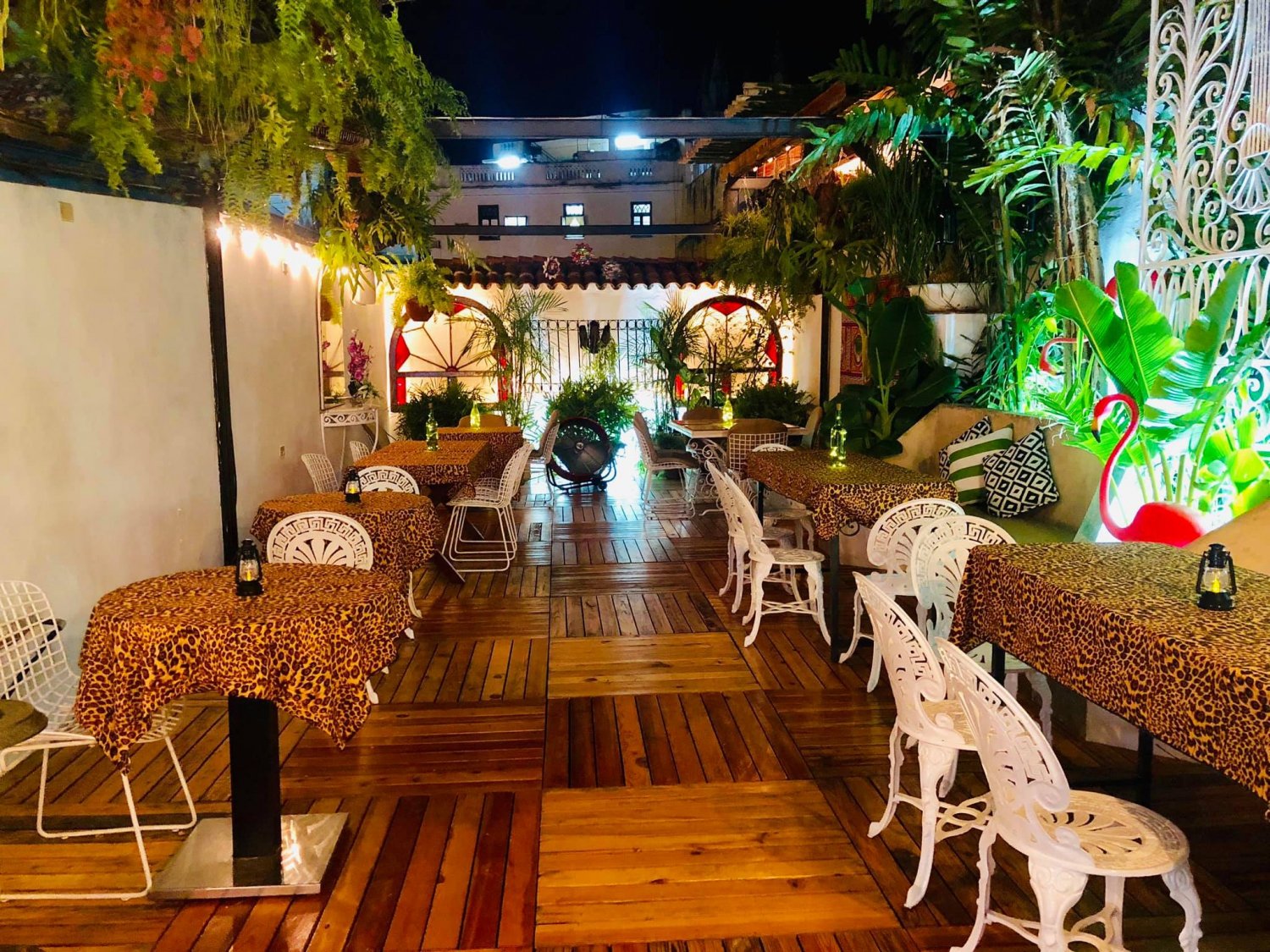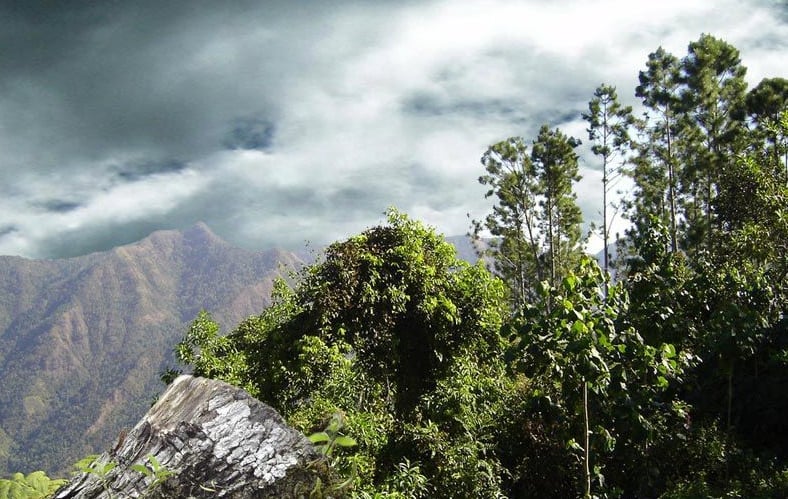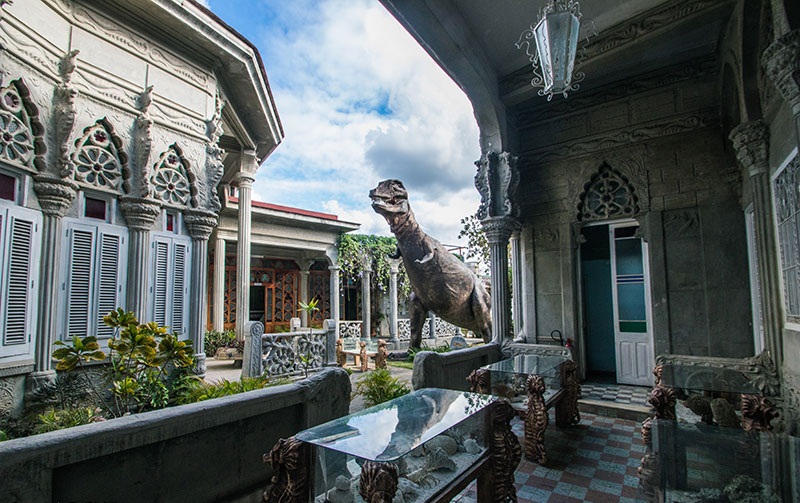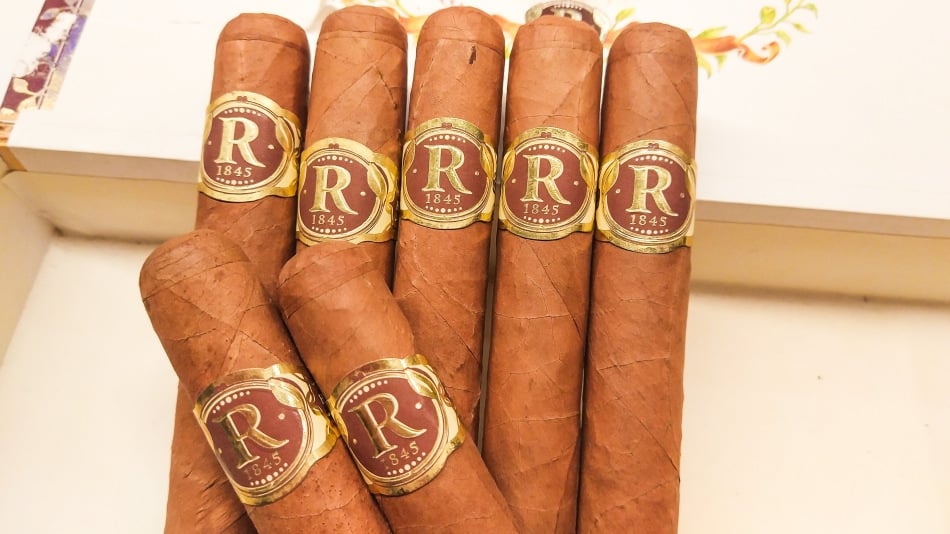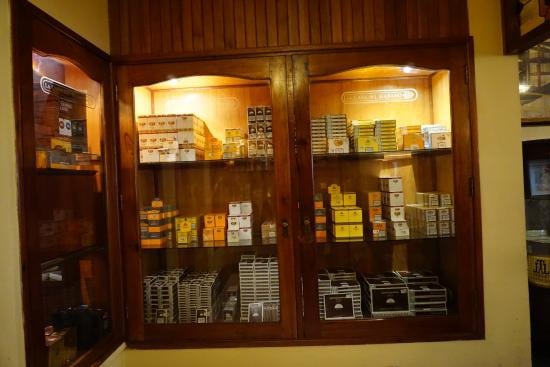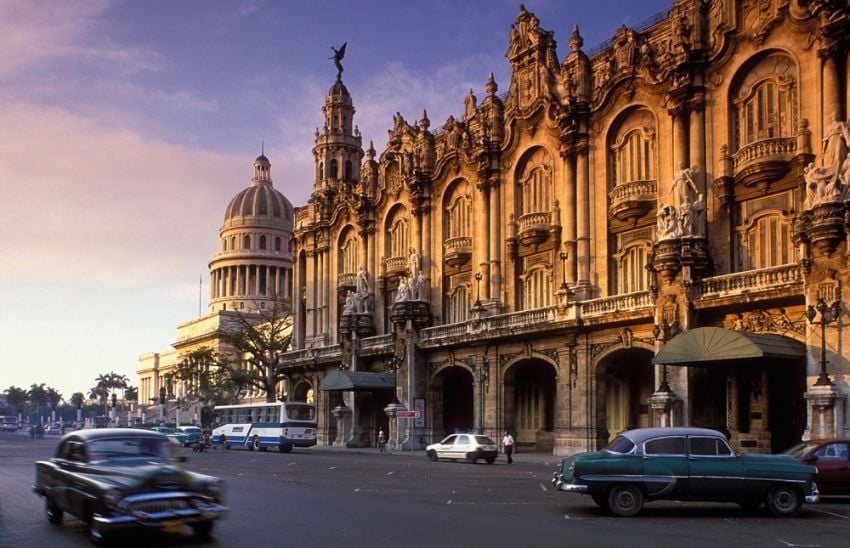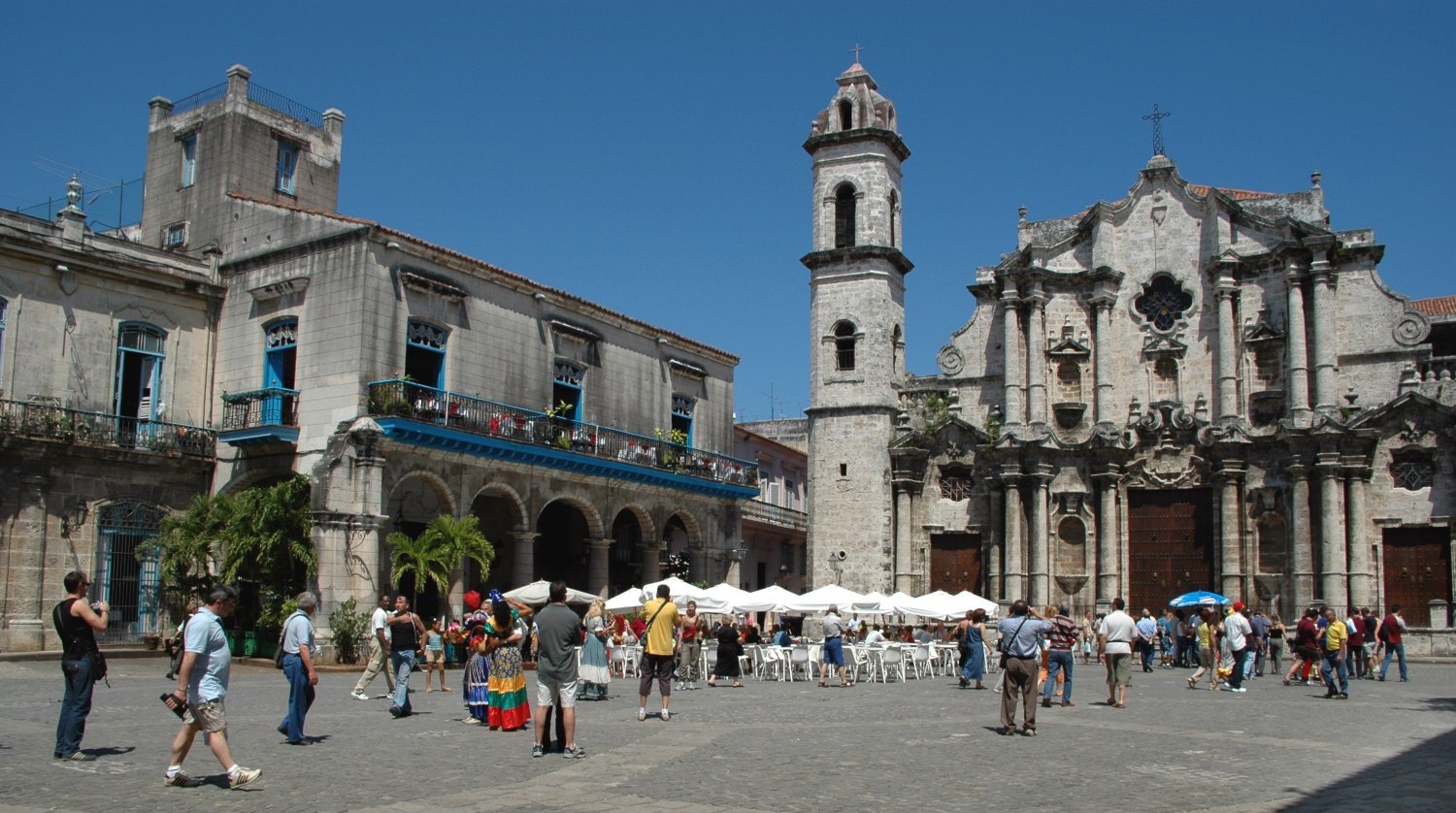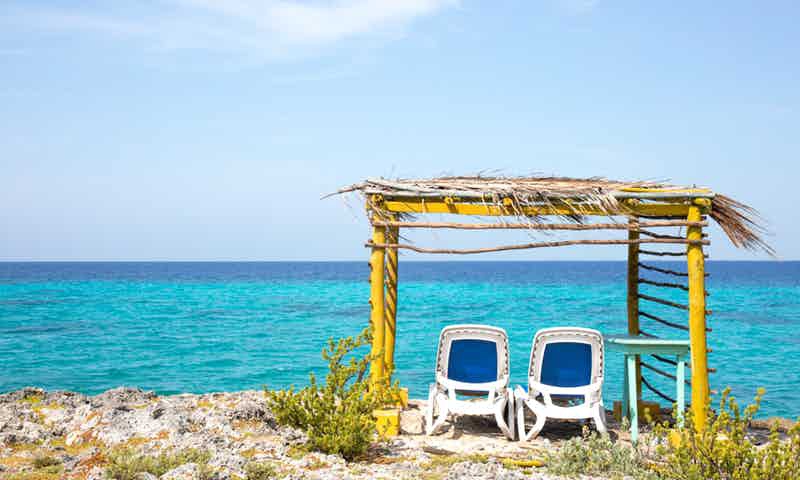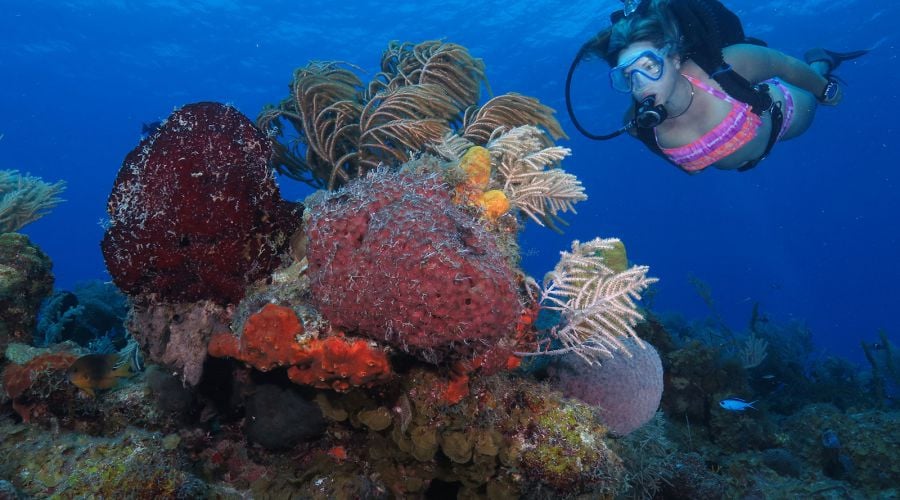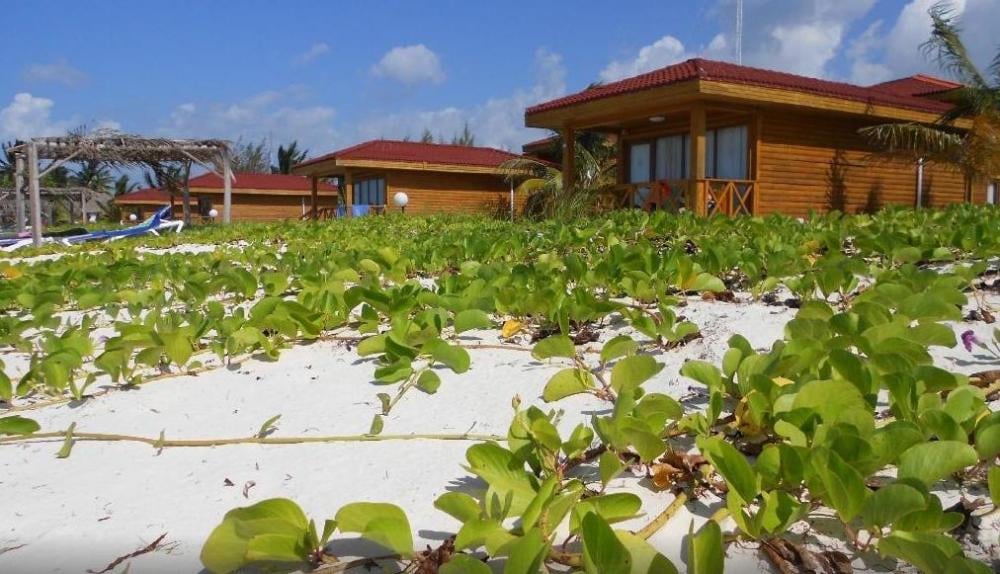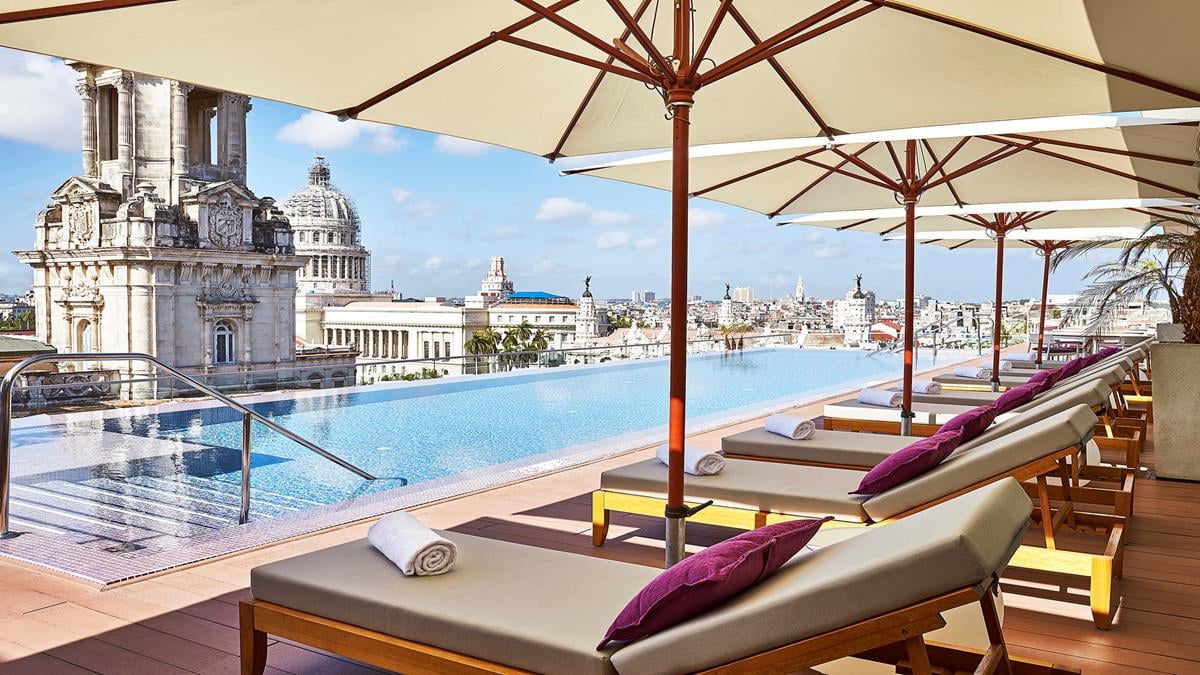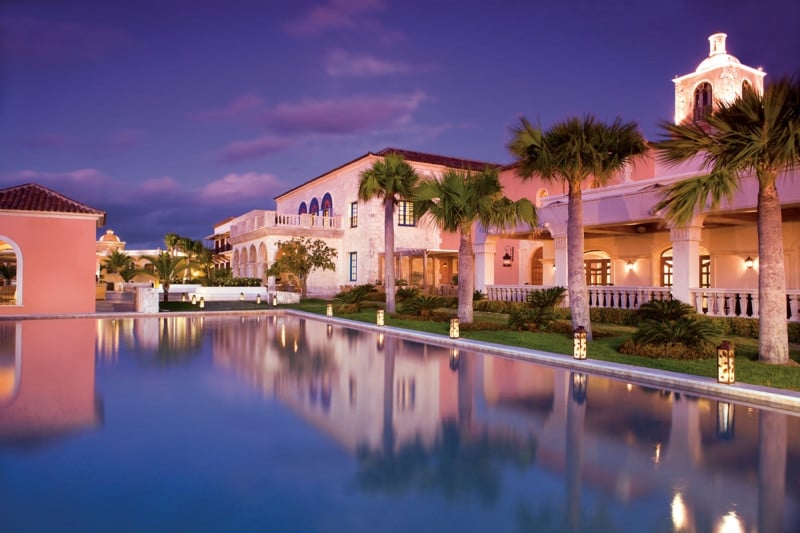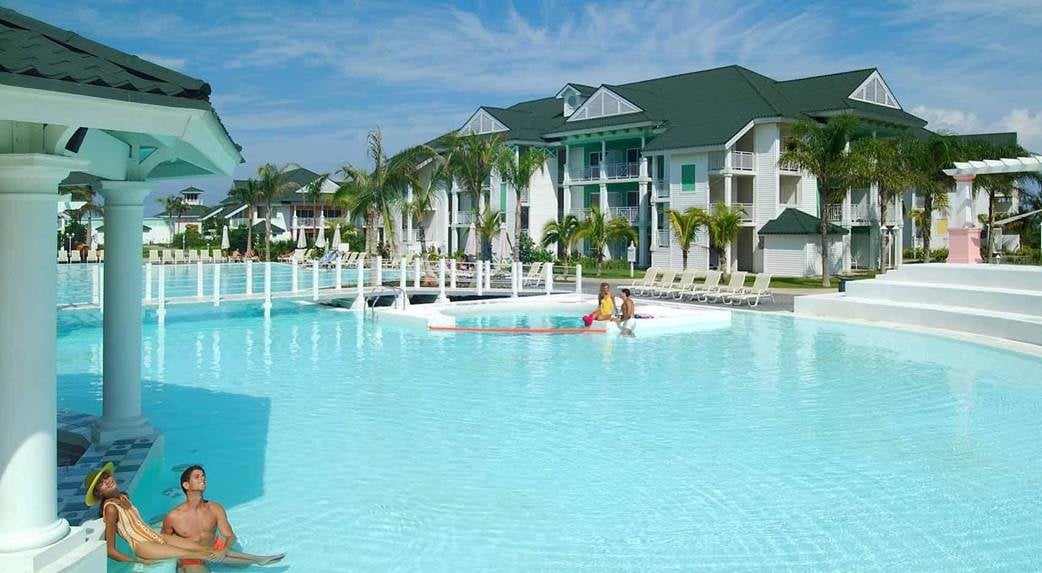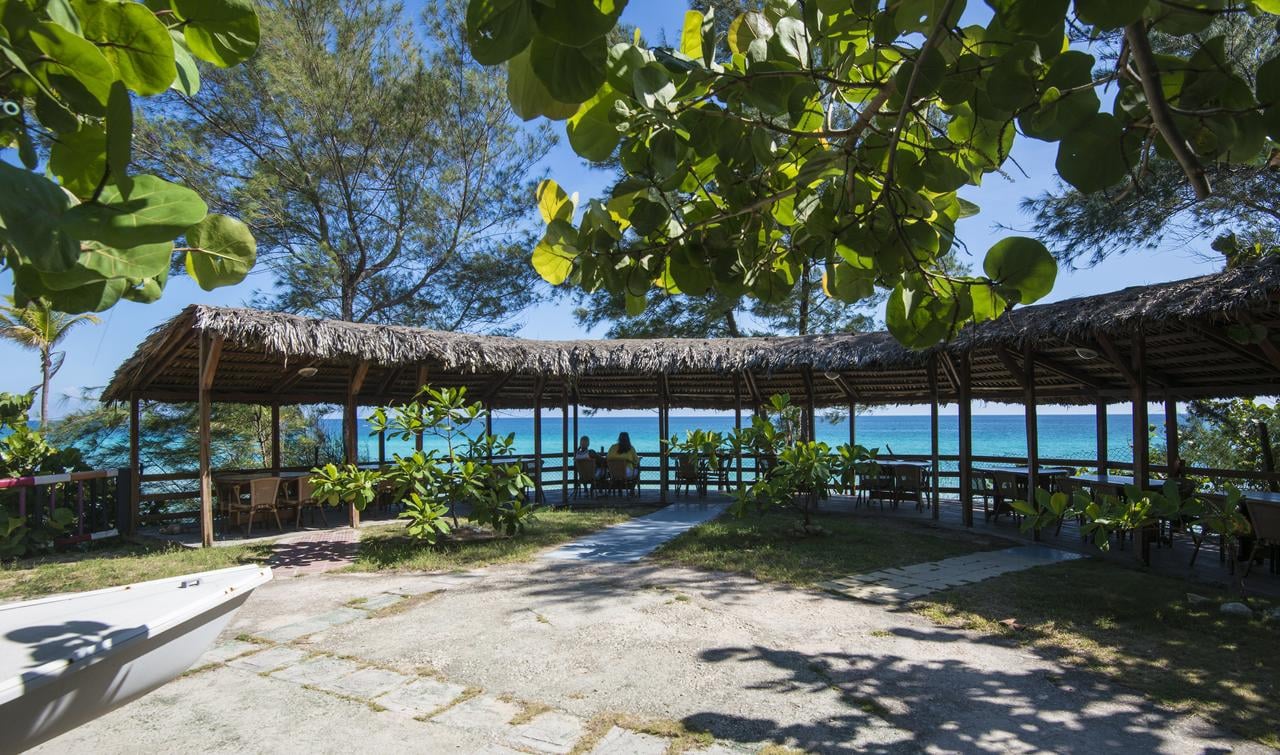The best dive sites in Cuba
Book Top Experiences and Tours in Cuba:
If youʻre booking your trip to Cuba last minute, we have you covered. Below are some of the top tours and experiences!- Secret Food Tours San Francisco
- Punta Cana: Guided Bar Crawl with a Rum Shot and Transfers
- From Puerto Plata Priv: Cocoa, Coffee, Cigars & Local Market
- From Punta Cana: Higüey Guided Safari Tour
- Seville: City Sightseeing Hop-On Hop-Off Bus Tour
Cuba has seven international marinas and 39 international dive centers. The price varies depending on the activity, but you can do diving from about 35 euros. And remember that you can not dive after getting off a plane or if you are going to make a long flight in less than 24 hours. These rules prevent dehydration or decompression problems.
From Havana to Cayo Coco
The main point of entry for tourists on the island is Havana airport. Nearby there are three areas to dive into: the Hemingway Marina, Blue Reef and the Eastern beaches. In all of them there are diving clubs where you can rent the necessary equipment and instructors that guide the fans to one of the 20 points where you can dive between 5 and 35 meters deep.
To the east, the beaches of Varadero are also suitable for diving, but along the route along the coast are the keys Santa María, Guillermo and Coco. The latter has the international airport, so it can be reached by plane, but also by car, since it is linked to the main island by a road known as Pedraplén.
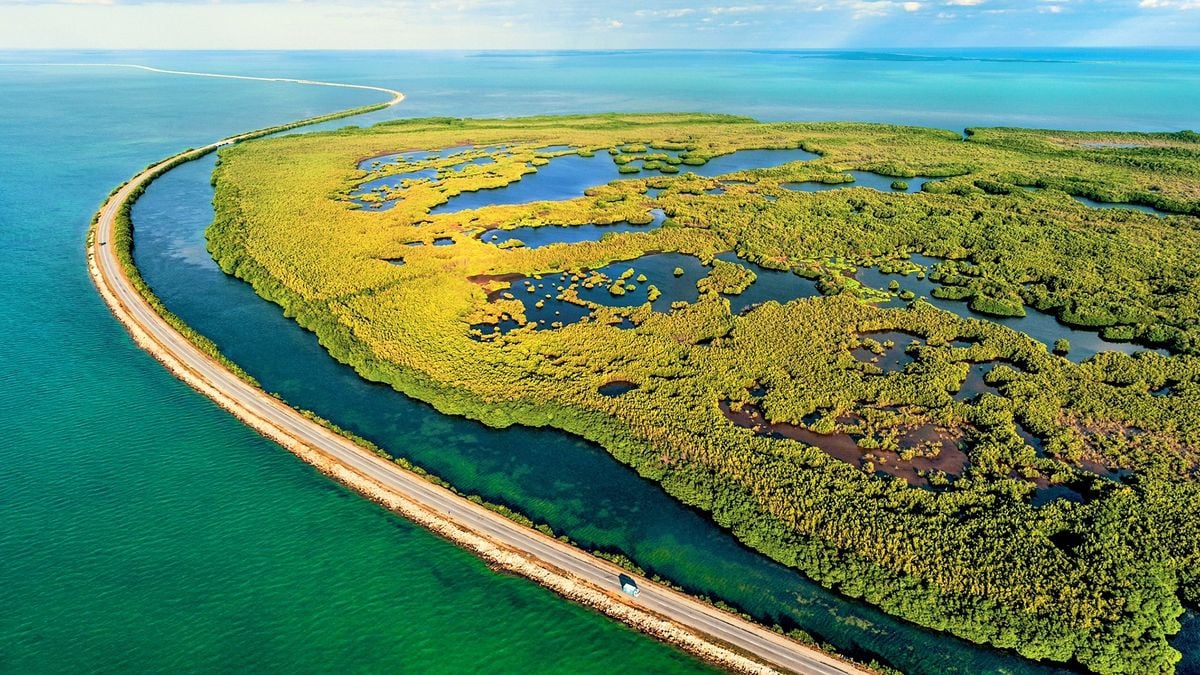
El Pedraplén, Cuba
These keys are the Caribbean in its purest form. At depths of between 10 and 30 meters, medium-sized endemic fish such as sibalos, pigeons or pacifians swim alongside larger ones, such as barracudas. The visibility is excellent, up to 20 meters. One of the most recommended places is La Jaula. Its appeal lies in the presence of gorgonians, corals whose bodies simulate skeletal trees, and colored sea sponges.
St. lucia
The presence of reef sharks is common throughout the Cuban coast, although the species changes depending on the area. On the beach of Santa Lucia, in the Camagüey region, the bull variety abounds, which although it does not attack man can be dangerous since they hunt where there are people. They measure more than three meters long. This area is well known among divers as it has the second longest coral reef in the world: it measures 36 kilometers. This large area has about 35 immersion points, among which Mortera stands out, where about 27 meters deep rests an old Spanish fortress and a merchant ship from the 19th century.

Scuba Diving in Saint Lucia
Guardalavaca
Cristobal Colón arrived with his ship to the province of Holguín in the 15th century. Here is the beach of Guardalavaca, 50 kilometers from the city that gives its name to the province. The Eagle Ray Dive Center offers underwater rides along the Old Canal of the Bahamas up to 40 meters deep. Its turquoise waters hide a vertical wall, which ranges between 20 and 40 meters, where black corals grow. This animal, common in the Cuban coast, is confused with a marine plant. Its collection is limited since it is considered a semi-precious coral that is used as an amulet and jewel.
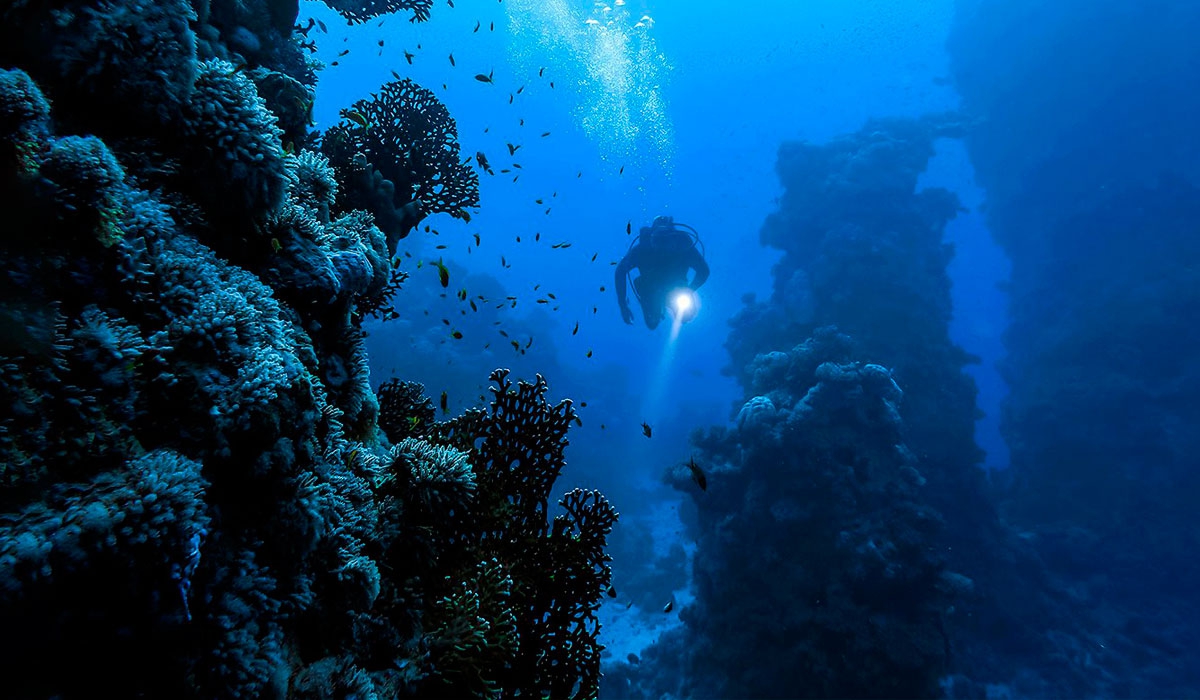
Diving from Guardalavaca
Gardens of the Queen
Columbus gave its name to the Jardines de la Reina archipelago, already in southern Cuba, formed by 250 Virgin Islands. In 1996 they were declared a marine park due to the exceptional state of conservation of marine flora and fauna. Its bottom, full of starfish and uneven corals, has been modeled over thousands of years of evolution. At 17 meters deep the Farallón is erected, a mountain crossed by tunnels that conclude on a white sand bottom. The caverns are about three meters wide and 10 meters high with openings that allow sunlight to enter, a paradise for divers. To get here you have to take a boat in the city of Júcaro and the center responsible for the dives is Avalon.
From the Ancón peninsula to Rancho Luna
Back to the main island, diving can also be done in Santiago de Cuba or Trinidad. The city, declared world heritage, is located a few kilometers from the coast, where up to 40 types of corals grow. In the Ancón peninsula, where the Cayo Blanco dive center is located, the seabed has bumps up to five meters high, tunnels and an impressive wall that falls 200 meters, in addition to tropical fish or sea fans. Fans and professionals can also jump into the water in Guajimico, an aboriginal name that predicts what they are going to find: it means fish place. Finally there is Rancho Luna beach. Several fishing boats have been intentionally sunk in this area for the enjoyment of divers, who can now observe how life flourishes around them. In the so-called lighthouse tongue, an underwater platform that falls a hundred meters, the giant gorgonians, up to two meters in diameter, do not swim the swimmers. The waters are ideal for underwater photography and in the winter months the whale shark is seen in this area.
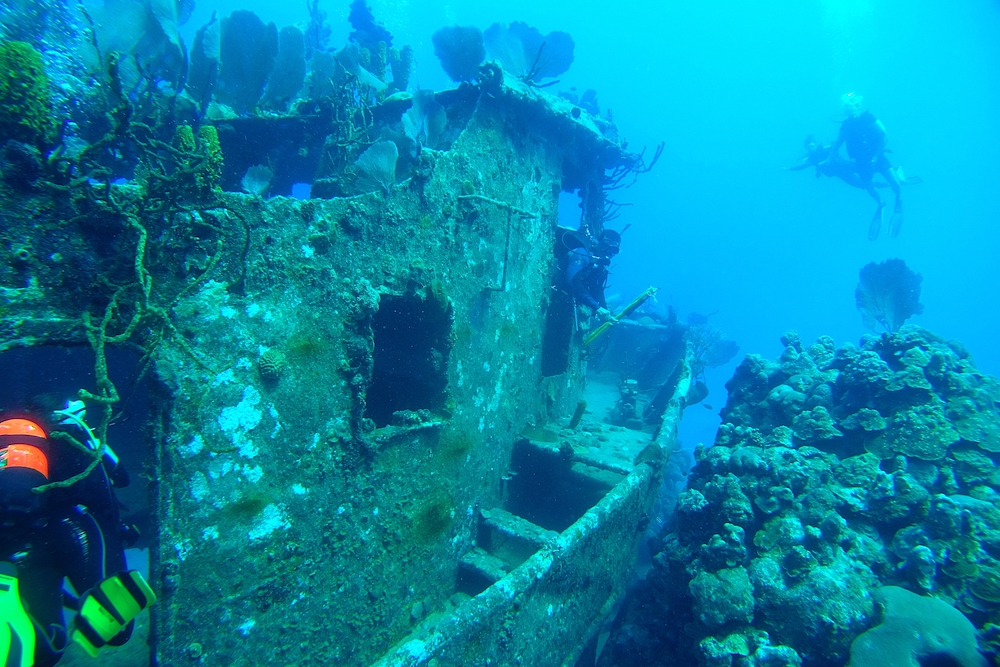
Rancho Luna
Pigs Bay
To the west is located Bay of Pigs, which became famous when the CIA saw its attempt to enter the island through this channel fail in 1961. It is an optimal dive site, full of young fish because it is surrounded by mangroves and plants that protect the bay from the sea. You can dive from land, without having to take a boat. Its strong points are a sunken ship, in Punta Perdiz, and a vertical wall very close to the coast, so much so that the color of the sea can be seen from land. However, one of the most appreciated sites for immersion is on land. It is a cenote similar to Mexicans called The Fish Cave. The sea sneaks through underground tunnels to this cavity flooding it with goldfish that are protected in the multiple caves. It is an ideal place for lovers of speleobuceo for the amount of stalactites.

Bay of Pigs, Cuba
Cayo Largo
Facing the bay, although not visible from it, is Cayo Largo del Sur. This area is divided into three: the closest to the key, where you can swim over long coral mountains at a depth of between 20 and 30 meters; the second, to the west, where corals form large mazes that force fish to swim in tight banks; and the last, to the northeast, in which the walls fall from 15 to 200 meters. Here the queens are the tubular sponges whose colors contrast with the black coral.
María La Gorda
Continuing the trip, Maria La Gorda, in Pinar del Río, is famous among diving enthusiasts in Latin America for its excellent soil. It has its origin in a chain of emerging land that has been shaped by the currents that arrive from the Gulf of Mexico. The immersion point is in the Guanahacabibes peninsula, a biosphere reserve for more than two decades and that includes shipwrecks from the 18th century. Corals are visible from five meters deep, so those who only snorkel can also enjoy the tropical nature. In the months of May and June the sand on the beaches is filled with turtles that come to build their nests and in August and September the whales approach the coast.
Cayo Levisa
Almost completed the tour along the coast of Cuba appears Levisa key. It is a place to see parrot fish, whose reflections change color, among other tropical fish. But its greatest peculiarity lies in the presence of trigonias, the oldest living fossils in the Antilles. They are a type of mollusk, closed and irregular shell, which leaves a kind of miniature They remember a dumpling. Its appearance is 245 million years ago.


